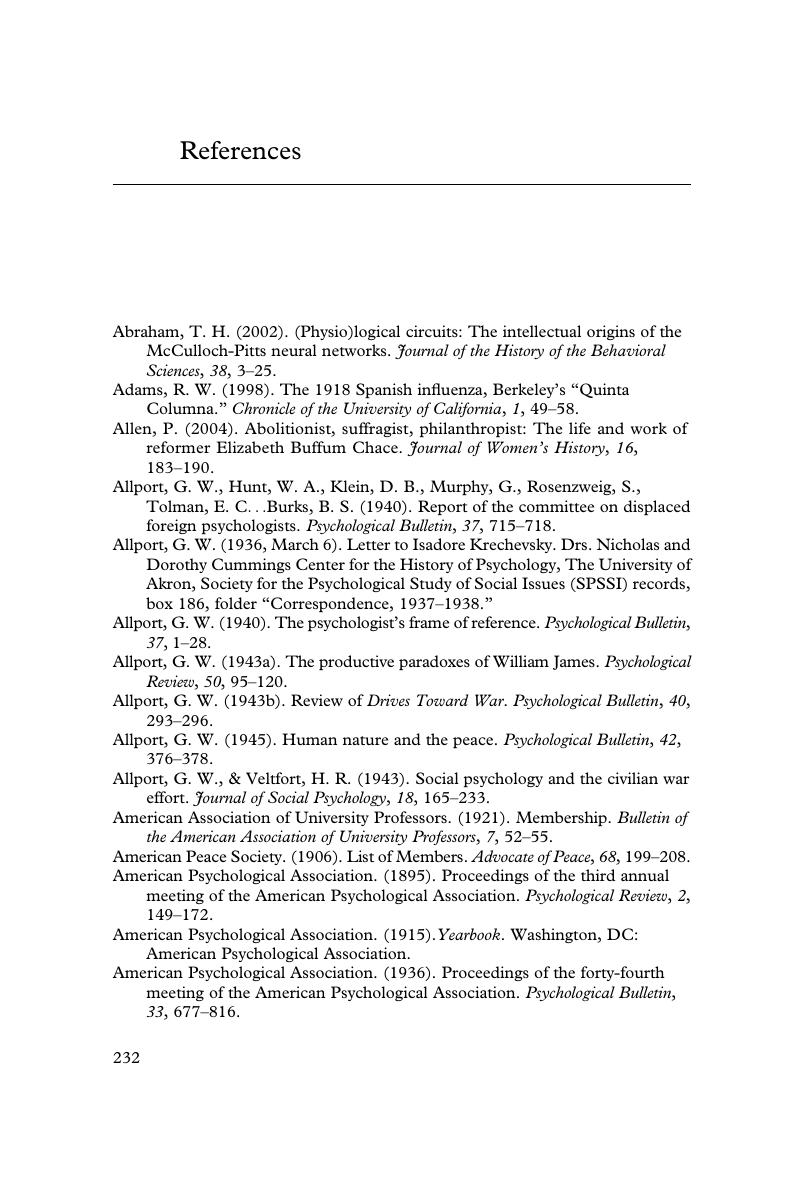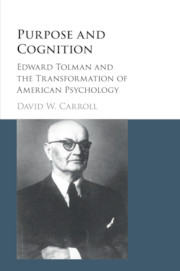Book contents
- Purpose and Cognition
- Frontispiece
- Purpose and Cognition
- Copyright page
- Contents
- Figures
- Preface
- Introduction
- 1 Growing Up in New England
- 2 The Harvard Milieu
- 3 Out West
- 4 A New Formula for Behaviorism
- 5 Purposive Behaviorism
- 6 The Turn toward Operationism
- 7 “A Concern for Social Events”
- 8 Cognitive Maps
- 9 The Loyalty Oath
- 10 The Legacy of Edward Chace Tolman
- References
- Index
- References
References
Published online by Cambridge University Press: 11 May 2017
- Purpose and Cognition
- Frontispiece
- Purpose and Cognition
- Copyright page
- Contents
- Figures
- Preface
- Introduction
- 1 Growing Up in New England
- 2 The Harvard Milieu
- 3 Out West
- 4 A New Formula for Behaviorism
- 5 Purposive Behaviorism
- 6 The Turn toward Operationism
- 7 “A Concern for Social Events”
- 8 Cognitive Maps
- 9 The Loyalty Oath
- 10 The Legacy of Edward Chace Tolman
- References
- Index
- References
Summary

- Type
- Chapter
- Information
- Purpose and CognitionEdward Tolman and the Transformation of American Psychology, pp. 232 - 261Publisher: Cambridge University PressPrint publication year: 2017



